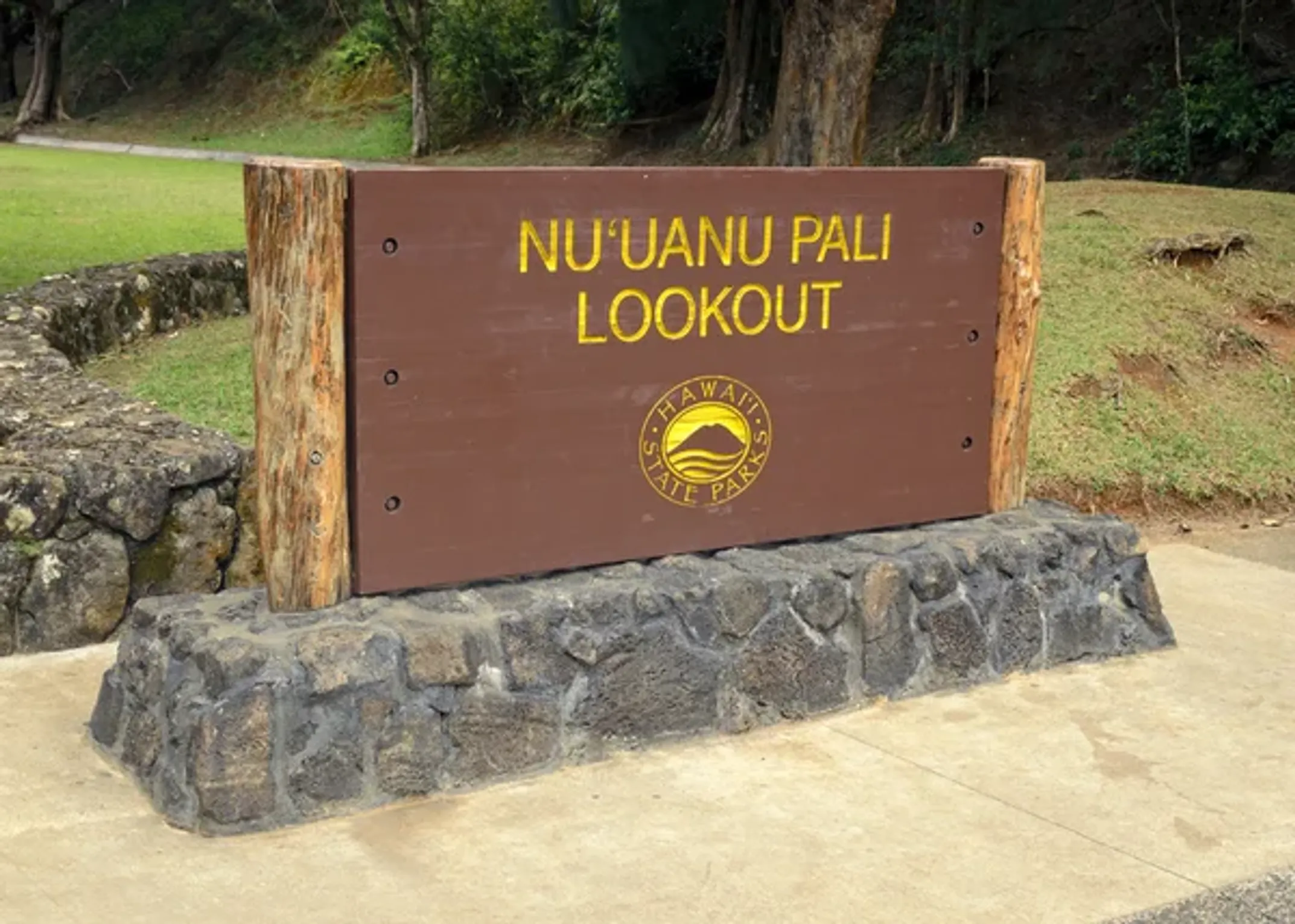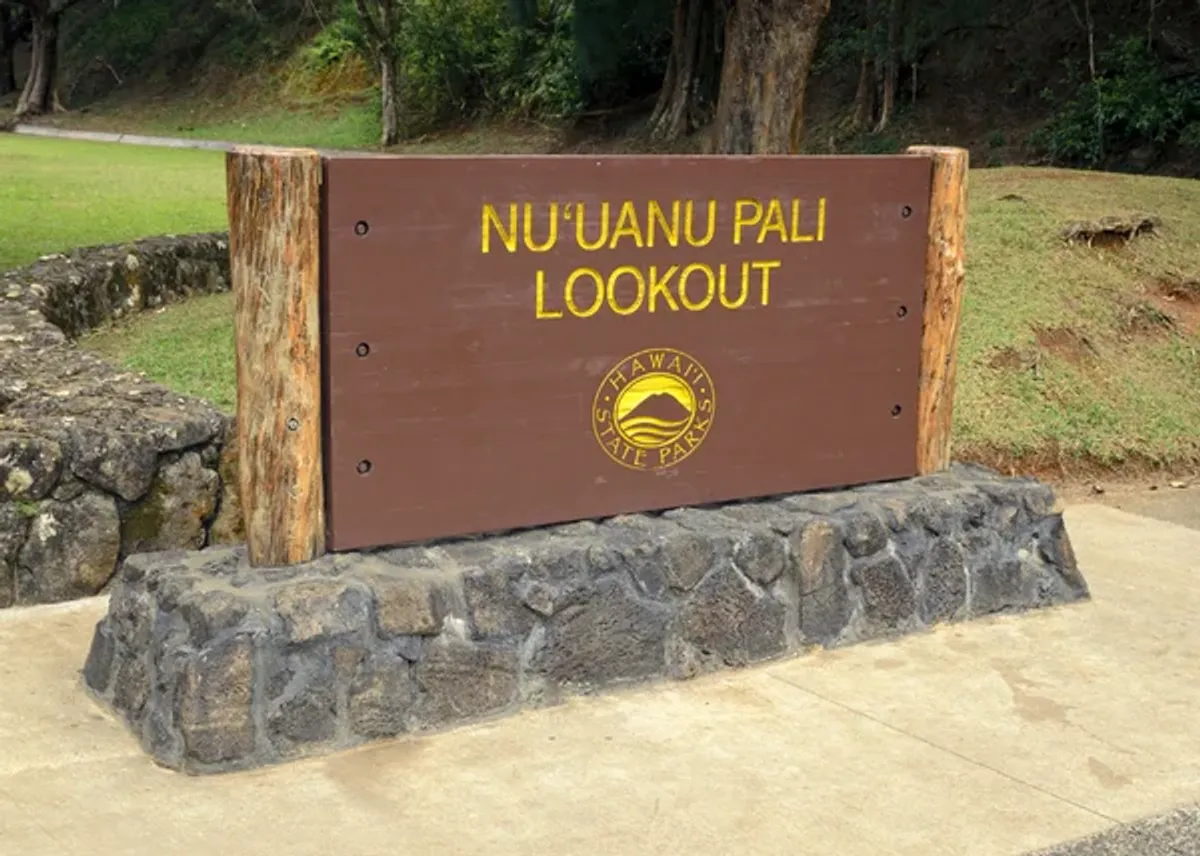
A Guided Hike Adventure Kilauea Iki and Lava Tube
Volcanoes Hiking Guides • Hiking • Volcano • Hawaii

Everything You Need to Know for the Perfect Pali Experience

Written by a Local Travel Expert
Leilani AkoA visit to Nuʻuanu Pali Lookout offers an unforgettable experience, combining stunning natural beauty with a real sense of history. To make the most of your trip, understanding the practical aspects is key.
Nuʻuanu Pali Lookout sits along the Pali Highway (Hawaii State Highway 61), which connects Honolulu on the leeward side with Kailua and Kāneʻohe on the windward coast.
Take the H-1 Freeway west, then merge onto the Pali Highway (Hwy 61 North). Follow signs for Nuʻuanu Pali State Wayside/Lookout.
Take Kamehameha Highway (Hwy 83) toward the Pali Highway (Hwy 61 South), then follow signs to the lookout.
The drive itself is part of the experience, offering a scenic transition from urban Honolulu into the lush, mountainous interior of O'ahu. The modern Pali Highway passes through tunnels bored into the cliffside in 1958. Before this, travelers used the winding Old Pali Road, which is now a popular hiking route.

Upon arrival, visitors are greeted by panoramic views from about 1,200 feet elevation. The stone terrace provides sweeping vistas of the Windward Coast, including the towns of Kāneʻohe and Kailua, the iconic Mokoliʻi island (often called Chinaman's Hat), Coconut Island (Moku o Loʻe, home to the University of Hawaiʻi's marine biology research center), and the green expanse of Hoʻomaluhia Botanical Garden nestled against the majestic Koʻolau cliffs.
The most famous characteristic of the Pali Lookout is its powerful winds. The cliffs create a natural wind tunnel, and gusts can be surprisingly strong, sometimes feeling like a solid "wall of wind" against which you can lean. These winds add to the dramatic atmosphere but also require caution, especially with loose items and small children.
Soft light, fewer crowds
Sunset views, cooler temps
Dramatic clouds & rainbows
To avoid crowds, an early morning or late afternoon visit is recommended, as the parking lot can fill quickly. For photography, soft morning light is often considered best. Sunset can also offer beautiful views.
Weather-wise, April through October generally offers pleasant temperatures and sunsets, while winter months might bring more dramatic clouds and rainbows.
While there's no visitor center directly at the lookout, interpretive signs provide historical and cultural context. Take time to read these to enhance your understanding of this significant place.
When driving on the Pali Highway, be aware of strong crosswinds and potential rockfalls, especially during or after heavy rain. The highway tunnels provide protection, but the approach can be windy.
This is a place of historical and cultural significance. Don't litter, climb on walls or railings, or engage in disruptive behavior. Take time to read the informational signs and approach with respect for those who lived, fought, and died here.
Remember: This windswept lookout has witnessed centuries of Hawaiian history. Your respectful visit helps preserve its mana for future generations while ensuring you have a safe and meaningful experience.

Volcanoes Hiking Guides • Hiking • Volcano • Hawaii

